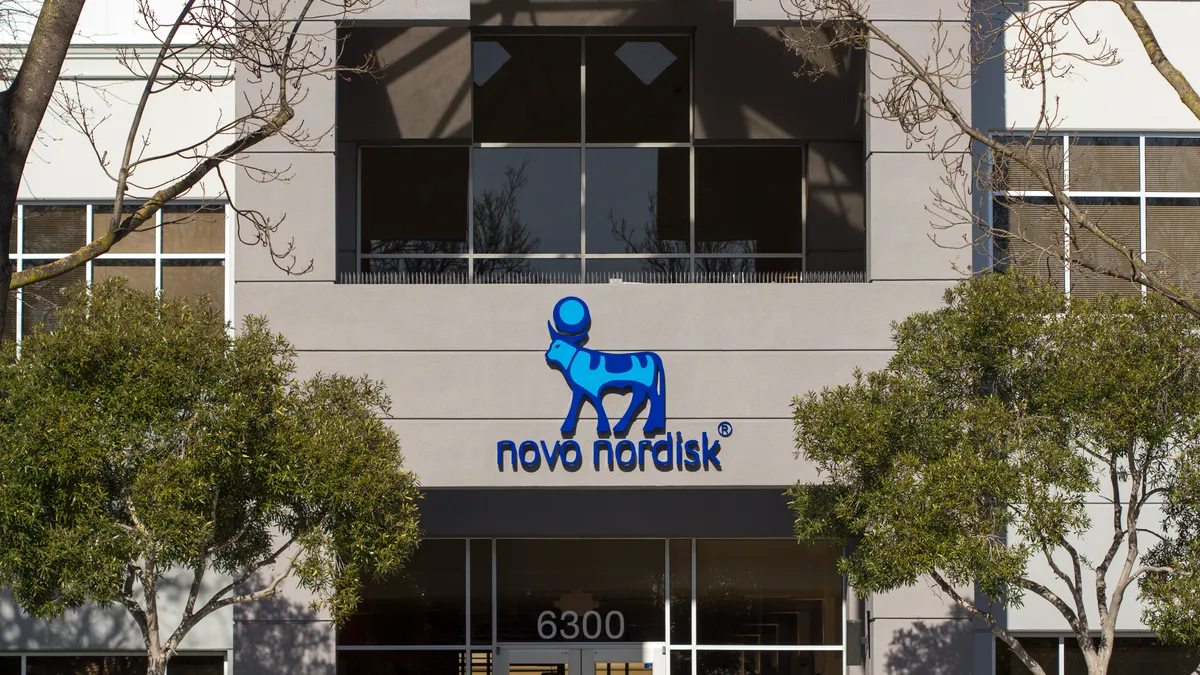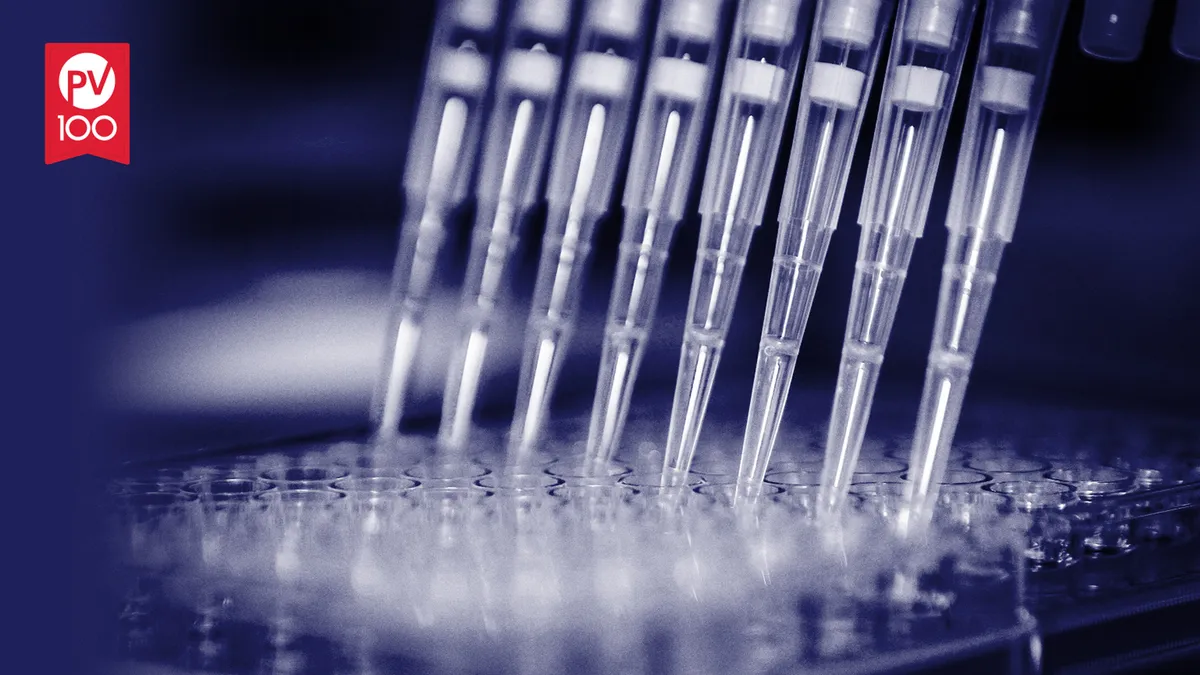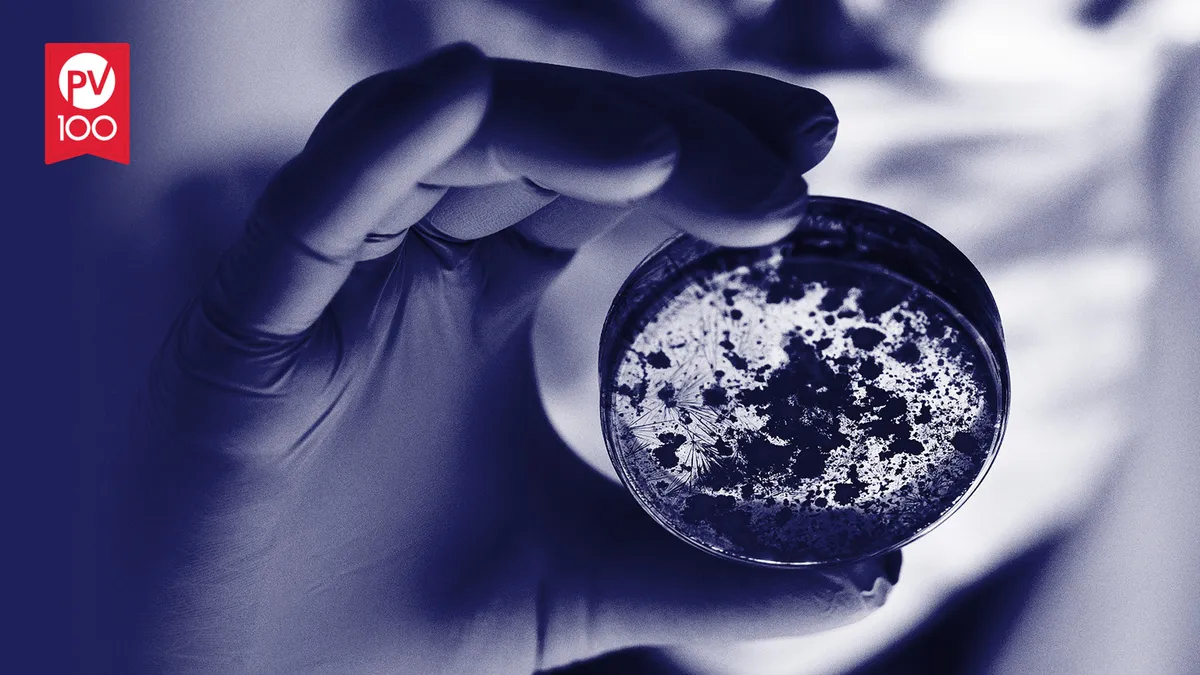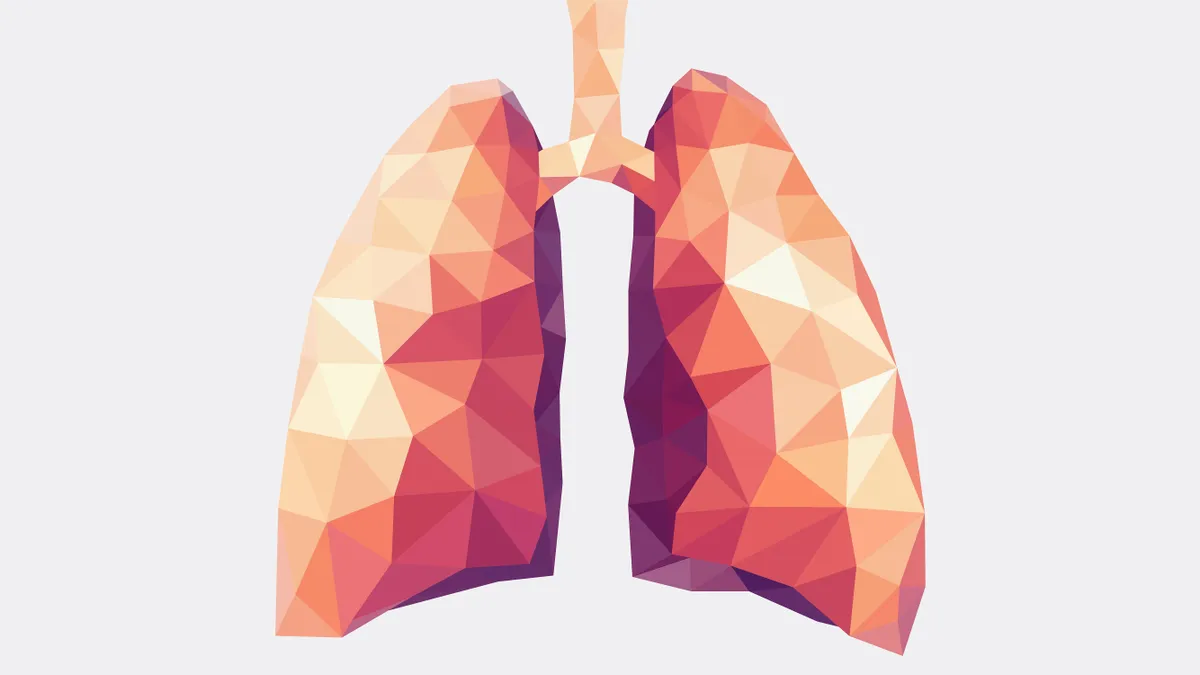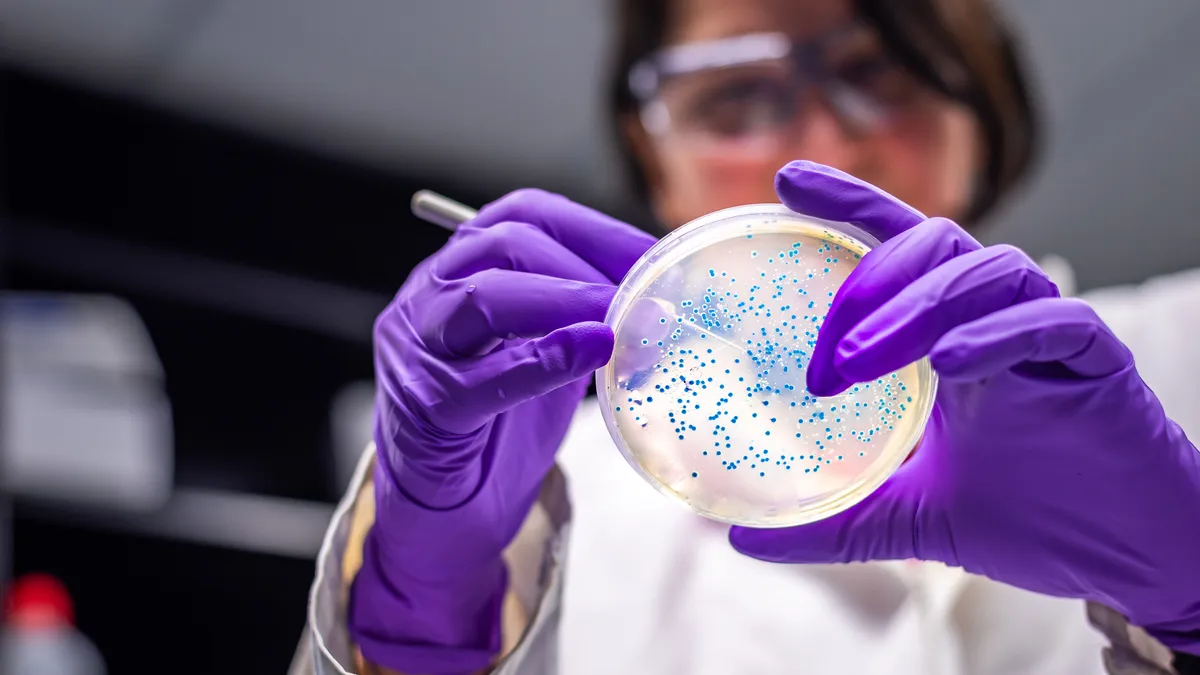Rare diseases, once a miniscule chapter in the pharma playbook, have become a major focus for even the biggest companies in the world. From 5% of new drugs in the late 1980s to 43% in 2023, rare disease treatments comprise a rapidly growing sector of the overall pipeline.

For pharma giant Johnson & Johnson, the rare disease space is where a large company can have an outsized impact, said Dr. Katie Abouzahr, vice president, autoantibody portfolio and maternal fetal disease area leader at J&J Innovative Medicine.
Abouzahr heads up the development of nipocalimab, an autoantibody drug that could treat rare diseases like myasthenia gravis or more common ones like rheumatoid arthritis. By dampening a specific receptor and keeping the immune system from attacking a patient’s healthy cells, the drug could play a part in several areas of unmet need, she said.
Last month, J&J announced positive results from a late-stage study in the rare muscle disease myasthenia gravis as well as from a mid-stage trial in the inflammatory Sjögren’s disease, which currently has no approved treatments that address the underlying cause.
Here, we spoke with Abouzahr about pharma’s growing focus on rare diseases, the development of nipocalimab and what’s next in the autoantibody space.
This interview has been edited for brevity and style.
PHARMAVOICE: What makes rare disease a growing interest for J&J and Big Pharma in general?
KATIE ABOUZAHR: The way we think about anything is: What are the unmet needs? What impact can we have? And one of the things I find fascinating is that, yes, each individual disease is rare, but when you add them all up, the burden is absolutely immense — 300 million people with 7,000 rare diseases. And yet, because each disease is smaller, they perhaps haven’t had the focus or investment or awareness, or even just the innovative approaches to address that unmet need. It’s a double whammy of patients feeling a bit isolated even though there are so many of them. I hope we always go where the unmet need is and where there’s an ability to do something scientifically.
"Even just in the last couple years, we’ve shown data we hope contributes to everyone’s understanding of these diseases."

Dr. Katie Abouzahr
Vice president, autoantibody portfolio and maternal fetal disease area leader, J&J Innovative Medicine
In your own career, how has the approach to rare disease changed over time?
There is greater awareness and understanding, and then often, the scientific tools and approaches that allow us to realize there is a path forward to do something about that medical need — those two things coming together intersect in rare disease. Also, regulators are thinking increasingly about the path to approval in rare and orphan disease. So increasingly, I think the confluence of awareness, unmet medical need and the ability to impact that creates interest, excitement and anticipation about where we can go.
Can you tell me how the autoantibody field fits into the evolution of rare disease drug development?
Autoantibody-driven diseases overlap with rare diseases — not all of them are rare, but many of them are. And in autoantibody, essentially, you have [immunoglobin G, or IgG] antibodies that attack one’s own body and cause disease, and there are different flavors of them. For example, in myasthenia gravis, they attach the acetylcholine receptor. In [hemolytic disease of the fetus and newborn, or HDFN], they attack a baby’s red blood cells. And so in the autoantibody program, nipocalimab binds to a receptor and prevents it from recycling these antibodies, and so they reduce out. And importantly, it prevents them from crossing the placenta. So that one approach, that one treatment, could potentially have input in all diseases caused by IgG pathogenic antibodies.
There are so many of these diseases that we think about them in three segments: those caused by a pathogenic autoantibody, those that affect pregnancy with what we call alloantibodies and then prevalent rheumatology diseases caused by autoantibodies. We are the only one developing in all three segments with nipocalimab, and the golden thread through all of this is unmet need.
Your myasthenia gravis program is furthest along. What can we expect to see there?
We’ve completed our pivotal phase 3, and the next step is to engage with regulators to bring that medicine to patients. If you think about myasthenia gravis, it’s a chronic disease, and one of the features is that you don’t stop making the autoantibodies — they are always causing disease. A lot of these diseases really need sustained chronic treatments so that the patient’s symptoms are as minimal as possible or ideally gone as opposed to having any kind of fluctuations. There are advanced therapies that have been recently approved, but … this would be the first indication for nipocalimab and the beginning of our journey there.
We hope to significantly contribute to the collective understanding of what the underlying cause of these diseases is, and what the available therapeutic approaches are to develop medicines in them. Even just in the last couple years, we’ve shown data we hope contributes to everyone’s understanding of these diseases and we’re taking steps forward toward treatment options for patients that allow them to reclaim their lives.
What’s next for J&J in the autoantibody programs?
Myasthenia gravis is of course one that we’re obviously excited about first, but we’re also in a program in autoimmune hemolytic anemia where there are no approved advanced therapies and very high unmet needs. In maternal-fetal we’re moving into a phase 3 program in HDFN, and we’re continuing to progress in rheumatology.
In approaching rare diseases, clinical trials can be a real challenge. How do you take that into consideration as you develop these treatments?
A feature of rare diseases is that they’re rare, so there are few patients and in some of them, there are often competitors. Regardless, the No. 1 thing we try to do is listen to patients. Because if you listen, they will tell you what they need, not only as you develop your program or what you’re trying to solve for them, but also what’s important to them as they think about entering clinical studies. We do a lot of work with advocacy groups, as well, because they’re such important sources of understanding and knowledge, and we consider them partners.
We have the good fortune of being a very large company, and so we’re able to go where the patients are. In rare disease, you might use data sciences to go where they are as opposed to hoping they will come to you. So we think very carefully about where we’re going to run our programs.





